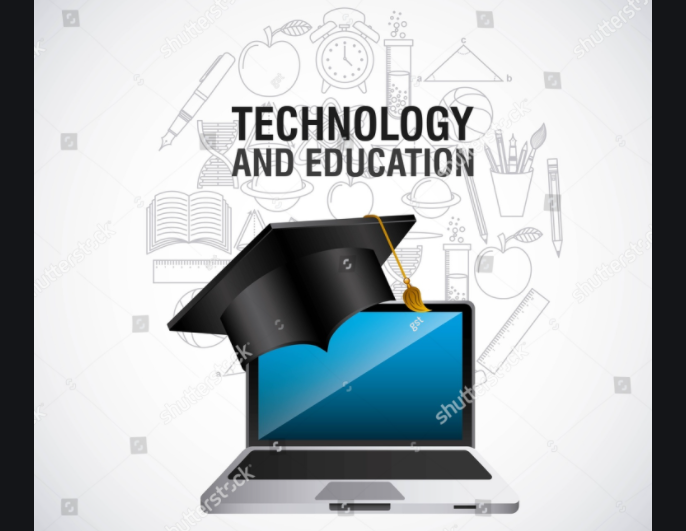Picture Credit: Shutterstock
Every conversation revolving around technology right now has something to do with the pandemic. Online learning shifted from “futuristic” to reality in seconds and with that, the world saw a slew of problems in the form of digital divide.
Nobody could have foreseen the implications of the pandemic. However, experts had already started a conversation about the huge disparity in the education system that exists between tech-enabled private schools and infrastructurally weak government schools even before Covid-19 forced the world to a standstill.
Now with the way online learning has become a norm, there is a huge stress on tech integration, especially in the government education system. With funding being an issue, it is the responsibility of social entrepreneurs to solve this crisis in the education system, now more than ever.
To understand the reality of the situation, we need to start by assessing the capacities of schools in the government system and how they adversely affect the opportunities students are given post their schooling.
Tech-based learning solutions have been a reality in a lot of private schools in the country. Smart classrooms mushroomed across the private academic spectrum with different types of learners able to access instructions in the medium that suited them the best.
Learning outcomes
Students have started sourcing information on their own. By the time these students graduate from schools, they know exactly what courses to look for, what academic decisions to take and what resources they need to access.
This is what tech integration in education does — it creates an exhaustive reserve of information access to students. This in turn enables them to crack opportunities whenever they desire.
Unfortunately, students in the public education system have not had this avenue. Consolidating funds towards a fully tech-enabled model has been a fairly big challenge which the government is now addressing intuitively.
With the National Education Policy driving a major overhaul of the present system, it is now the duty of innovators to offer their services to help solve this big crisis in education — adaptable technology.
It is a fact that the infrastructure of public schools is still improving. It may take years before there is a full revamp so we need companies to build their technologies around it. Many schools in the country struggle with basic facilities like electricity. To combat that, there are companies innovating to make solar powered mobile devices a reality. In case the internet is not a readily available medium, there are companies replacing the need for it with Bluetooth-enabled devices that can access reserves of information. Some schools cannot afford to place a projector in every classroom. There are companies manufacturing portable, low-cost projectors that can be moved from room to room.
Equity in education
There are people who are working tirelessly to make sure that there is equity in education. These are the levellers — the ones who put their resources to good use so that children who don’t have these can access opportunities they are otherwise kept away from.
There is plenty that needs to be done, especially for students in the public school system of the country given how they are also the majority in the education demographic.
While there may be only a handful of companies working in the social side of EdTech, they are creating waves of impact by being there. With the way the EdTech sector is growing, it is only a matter of time before companies enter the social space.
Article Credit: deccanherald
